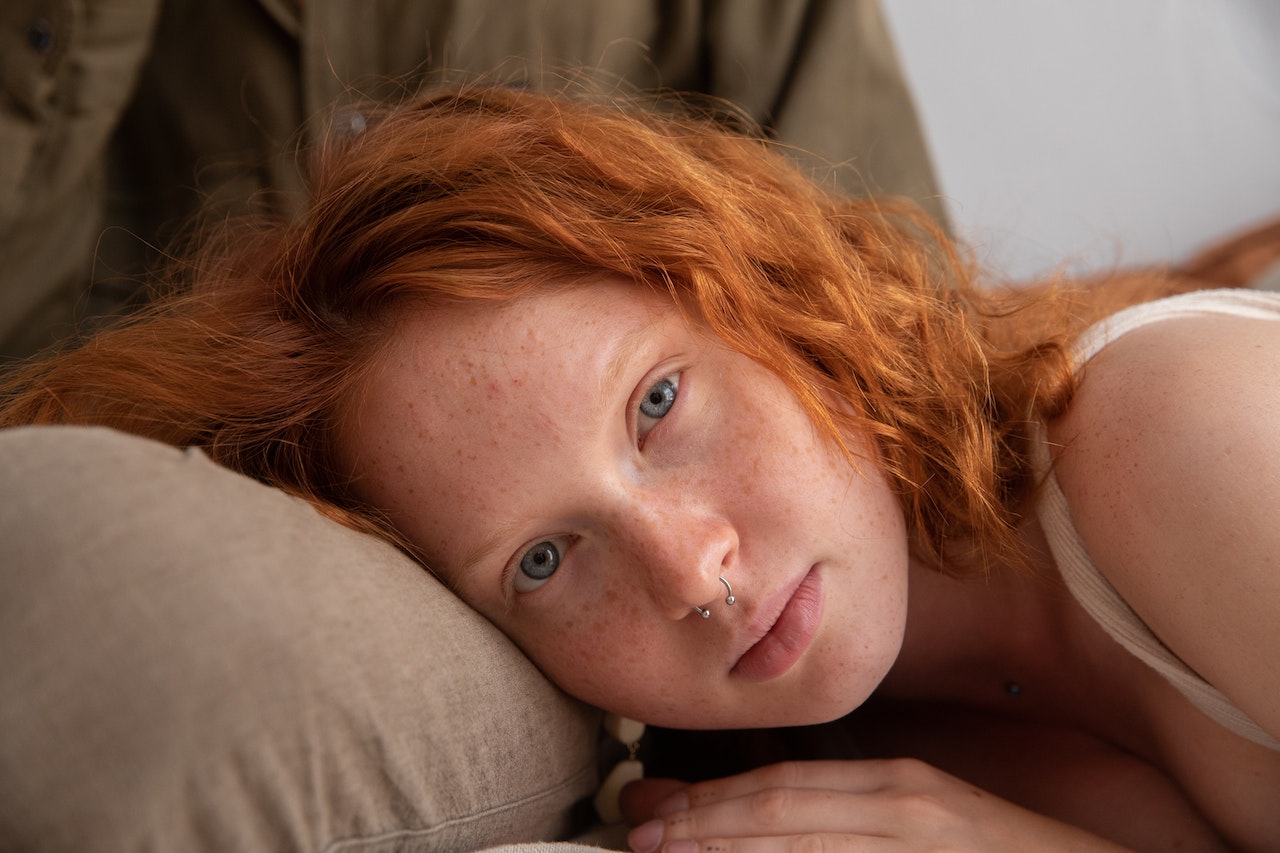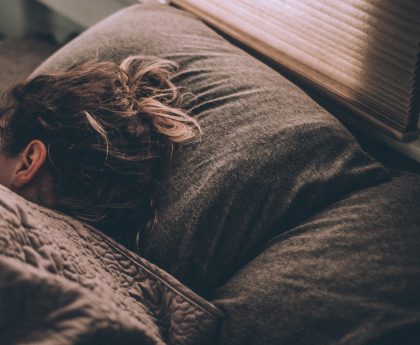Introduction
Body piercing has been practiced for thousands of years as a form of cultural, aesthetic, and personal expression. While ear, nose, and navel piercings are relatively common and widely accepted, genital piercings, particularly vaginal piercings, remain a subject of curiosity and controversy. This article delves into the world of vagina piercings, exploring their history, types, cultural significance, and the debates surrounding this intimate form of body modification.
The Historical Perspective
The art of body piercing traces back to ancient civilizations, where it was often linked to cultural rituals, religious practices, and social status. Archaeological findings indicate that genital piercings, including those in the vagina, were present in various ancient cultures, including ancient Egypt, Rome, and India. For example, historical texts suggest that genital piercings were worn as adornments, talismans for fertility, or symbols of sexuality and femininity.
Types of Vagina Piercings
- Labia Piercings: Labia piercings are perhaps the most common type of vaginal piercings. They involve puncturing the labia minora or labia majora, which are the folds of skin surrounding the vaginal opening.
- Clitoral Hood Piercings: This type of piercing is positioned through the clitoral hood, the protective skin covering the clitoris. The purpose is often aesthetic or to increase stimulation during sexual activities.
- Clitoral Piercings: Clitoral piercings pass through the clitoral glans, the exposed part of the clitoris. This is a more advanced type of piercing and should only be performed by experienced professionals.
- Fourchette Piercings: Located at the rear edge of the vaginal opening where the labia minora meet the perineum, this type of piercing is less common but still practiced by some individuals.
Cultural Significance
In certain cultures, genital piercings have deep-rooted cultural and spiritual significance. They can represent rites of passage, fertility, or even marriage. For instance, some indigenous tribes in Africa and Southeast Asia practice genital piercings as part of their traditional customs.
Sexual Enhancement and Aesthetics
For many individuals, vagina piercings can be a means of enhancing sexual pleasure and aesthetic appeal. Clitoral hood piercings, for example, are believed to heighten sensitivity during sexual activities and may lead to more intense sensations. Additionally, some people find aesthetic empowerment and self-expression through these intimate adornments.
Risks and Controversies
While some find joy and meaning in vaginal piercings, it’s essential to recognize the potential risks and controversies surrounding this practice:
- Infection and Complications: The genital area is highly sensitive, and piercings in this region may carry a higher risk of infection compared to other body piercings. Proper hygiene and aftercare are critical to minimizing these risks.
- Discomfort and Pain: Vagina piercings may cause discomfort during the healing process and can interfere with daily activities and sexual intercourse.
- Consent and Agency: The debate around genital piercings often raises questions about consent and whether societal norms and expectations influence an individual’s decision to undergo such body modification.
- Body Autonomy and Stigmatization: Some argue that stigmatization and misconceptions about genital piercings may hinder discussions about body autonomy and personal choices.
Conclusion
Vagina piercings are a complex and multi-faceted aspect of body modification, with historical, cultural, and personal dimensions. As with any form of body modification, the decision to get a vaginal piercing should be a well-informed and personal choice. Proper research, consultation with professionals, and open conversations about consent and body autonomy are crucial when exploring the world of genital piercings. Ultimately, understanding and acceptance of individual choices can pave the way for a more inclusive and supportive approach to body modification in society.
Frequently Asked Questions (FAQ) about Vagina Piercings
1. What are vagina piercings?
Vagina piercings are a type of body modification where the female genital area is pierced for aesthetic, cultural, or sexual purposes. Common types of vaginal piercings include labia piercings, clitoral hood piercings, clitoral piercings, fourchette piercings, and princess albertina piercings.
2. Are vaginal piercings painful?
The level of pain experienced during a vaginal piercing can vary depending on individual pain tolerance and the specific location of the piercing. The genital area is sensitive, so some discomfort should be expected. However, with the use of proper techniques and by choosing an experienced piercer, the pain can be minimized. Adequate aftercare is essential to ensure proper healing and reduce discomfort.
3. How long does it take for a vagina piercing to heal?
The healing time for vaginal piercings can vary from person to person and depends on the type of piercing. In general, it may take several weeks to a few months for a vaginal piercing to fully heal. During this period, it’s crucial to follow aftercare instructions provided by the piercer to prevent complications and promote proper healing.
4. What are the potential risks of getting a vaginal piercing?
As with any body piercing, there are risks associated with vaginal piercings, including:
- Infection: The genital area is prone to bacteria, increasing the risk of infection if proper hygiene and aftercare are not followed.
- Pain and Discomfort: Vaginal piercings can cause discomfort during the healing process and may interfere with daily activities and sexual intercourse.
- Rejection and Migration: In some cases, the body may reject the piercing, leading to migration or the need for removal.
5. Can vaginal piercings enhance sexual pleasure?
Some individuals believe that certain types of vaginal piercings, such as clitoral hood piercings, can enhance sexual pleasure by increasing sensitivity during sexual activities. However, the impact on sexual pleasure can vary widely among individuals, and not everyone experiences heightened sensitivity.
6. Are vaginal piercings safe for sexual intercourse?
Once a vaginal piercing is fully healed, and any swelling or discomfort has subsided, sexual intercourse can generally be resumed. However, it is crucial to communicate openly with sexual partners and take precautions to avoid any irritation or injury during sexual activities.
7. What should I consider before getting a vaginal piercing?
Before getting a vaginal piercing, consider the following:
- Research: Educate yourself about the different types of vaginal piercings, potential risks, and aftercare requirements.
- Choose a Professional: Select an experienced and reputable piercer who follows strict hygiene practices.
- Personal Anatomy: Not everyone’s anatomy is suitable for certain types of vaginal piercings. Consult with a piercer to determine what is best for your anatomy.
- Aftercare: Understand the importance of proper aftercare to ensure a successful healing process.
8. Are vaginal piercings permanent?
Vaginal piercings are generally considered permanent, but they can be removed if desired. It’s essential to consult with a professional piercer before removal to ensure proper healing and minimize scarring.
9. Are there any cultural or spiritual significances to vaginal piercings?
Yes, in some cultures, genital piercings, including vaginal piercings, hold cultural or spiritual significance. They may symbolize rites of passage, fertility, or marital status. In certain traditional practices, genital piercings are considered a part of cultural identity and customs.
10. Are vaginal piercings common?
Vaginal piercings are less common compared to other types of body piercings due to their intimate nature and associated risks. However, they are still sought after by individuals who are interested in exploring body modification as a form of self-expression and empowerment.






